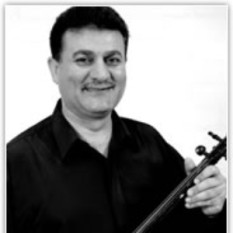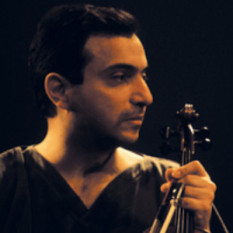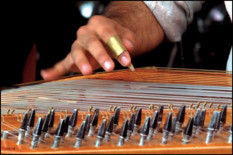Maqam is the modal, melodic structure that characterizes the art of music of countries in North Africa, the Middle East and Central Asia.
Arabic maqām (Arabic: مقام; pl. maqāmāt مقامات or maqams) is the system of melodic modes used in traditional and classic Arabic music, which is mainly melodic.
The word maqam in Arabic means place, location or rank. The Arabic maqam is a melody type.
Maqam is also "a technique of improvisation" that defines the pitches, patterns, and development of a piece of music and which is "unique to Arabian art music". There are over seventy heptatonic tone rows or scales of maqamat. These are constructed from major, medium, and minor seconds (see Arab tone system). Each maqam is built on a scale, and carries a tradition that defines its habitual phrases, important notes, melodic development and modulation.
Both compositions and improvisations in traditional Arabic music are based on the maqam system. Maqams can be realized with either vocal or instrumental music, and do not include a rhythmic component.
An essential, decisive factor in maqam performance is that each describes the "tonal-spatial factor" or set of musical notes and the relationships between them, including traditional patterns and development of melody while leaving the "rhythmic-temporal component" is "subjected to no definite organization." A maqam does not have an established, regularly recurring bar scheme nor an unchanging meter. A certain rhythm does sometimes identify the style of a performer, but this is dependent upon his [sic] performance technique and is never characteristic of the maqam as such." The compositional or rather precompositional aspect of the maqam is the tonal-spatial organization including the number of tone levels and the improvisational aspect is the construction of the rhythmic-temporal scheme.
The Iraqi genre of maqam al-iraqi is often considered the most perfect form of the maqam.
Maqam.
.





